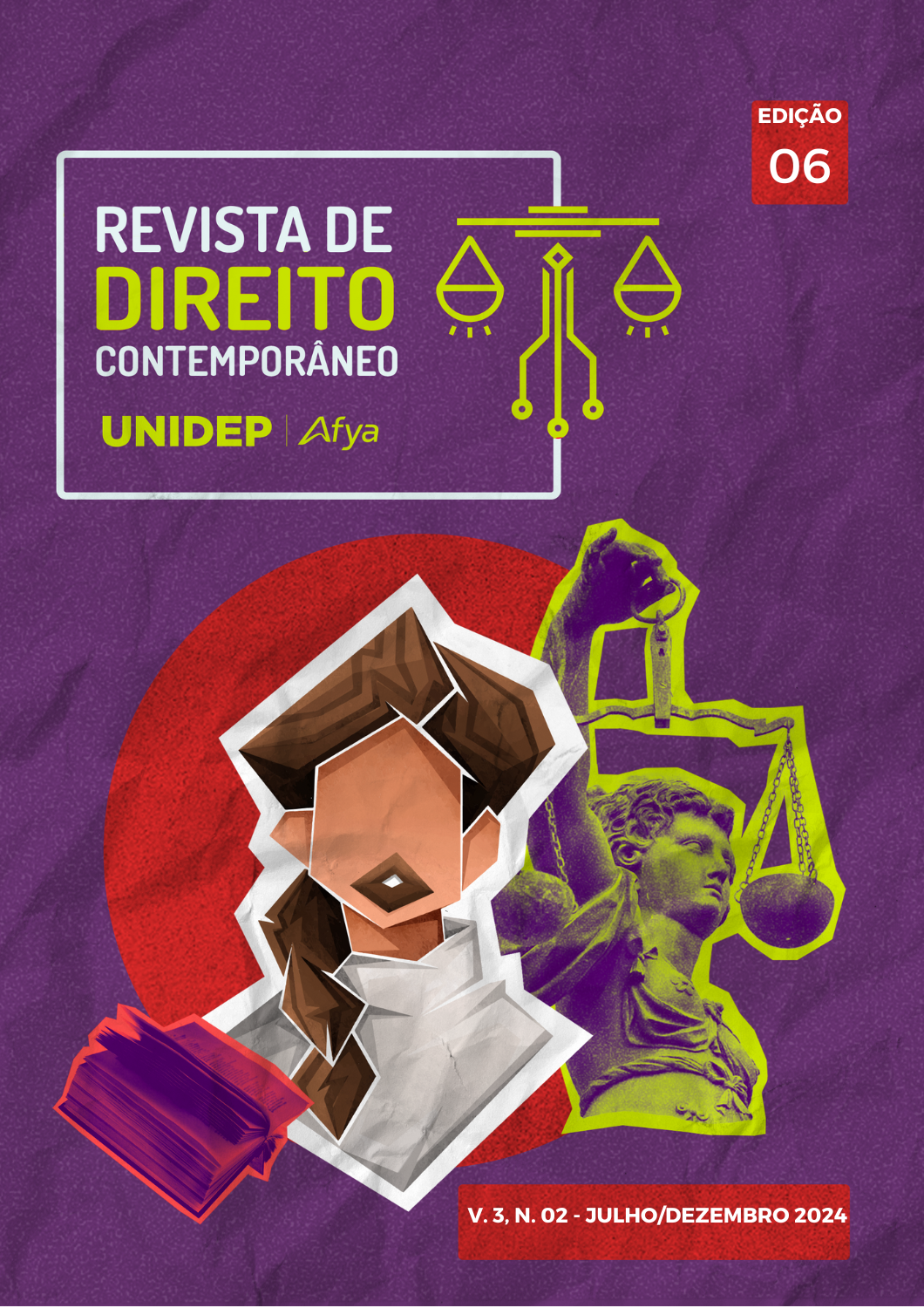PRIVACIDADE E VIGILÂNICA NA ERA DIGITAL
direito à proteção dos dados pessoais e o Big Data
Resumen
Neste artigo procuramos dialogar com a dualidade entre privacidade e vigilância no momento atual em que vivemos, ou seja, um período tecnológico sem precedentes que mudou muito desses dois paradigmas. Se fez necessário trazer uma revisão bibliográfica acerca dos conceitos associados tanto a privacidade quanto dos níveis de vigilância intrínsecos ao digital. Também se mostrou relevante uma breve análise a obra de Guy Debord acerca da sociedade do espetáculo e da forma como o nosso meio social nos molda a renunciar aos nossos segredos. Por fim, procuramos expor de que forma o Direito deve lidar com o fato de estar sempre descompassado com as inovações tecnológicas e de que maneiras um operador deve procurar se guiar, sem a letra da Lei de aplicação específica.
Descargas
Publicado
Cómo citar
Número
Sección
Licencia
Derechos de autor 2024 Revista de Direito Contemporâneo UNIDEP

Esta obra está bajo una licencia internacional Creative Commons Atribución-NoComercial 4.0.
Usted es libre de:
- Compartir — copiar y redistribuir el material en cualquier medio o formato
- Adaptar — remezclar, transformar y construir a partir del material
- La licenciante no puede revocar estas libertades en tanto usted siga los términos de la licencia
Bajo los siguientes términos:
-
Atribución — Usted debe dar crédito de manera adecuada, brindar un enlace a la licencia, e indicar si se han realizado cambios. Puede hacerlo en cualquier forma razonable, pero no de forma tal que sugiera que usted o su uso tienen el apoyo de la licenciante.
-
NoComercial — Usted no puede hacer uso del material con propósitos comerciales.
- No hay restricciones adicionales — No puede aplicar términos legales ni medidas tecnológicas que restrinjan legalmente a otras a hacer cualquier uso permitido por la licencia.
Avisos:
- No tiene que cumplir con la licencia para elementos del materiale en el dominio público o cuando su uso esté permitido por una excepción o limitación aplicable.
- No se dan garantías. La licencia podría no darle todos los permisos que necesita para el uso que tenga previsto. Por ejemplo, otros derechos como publicidad, privacidad, o derechos morales pueden limitar la forma en que utilice el material.



